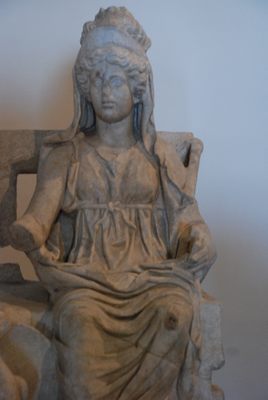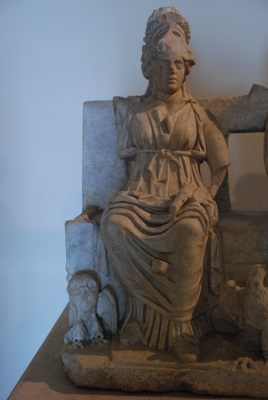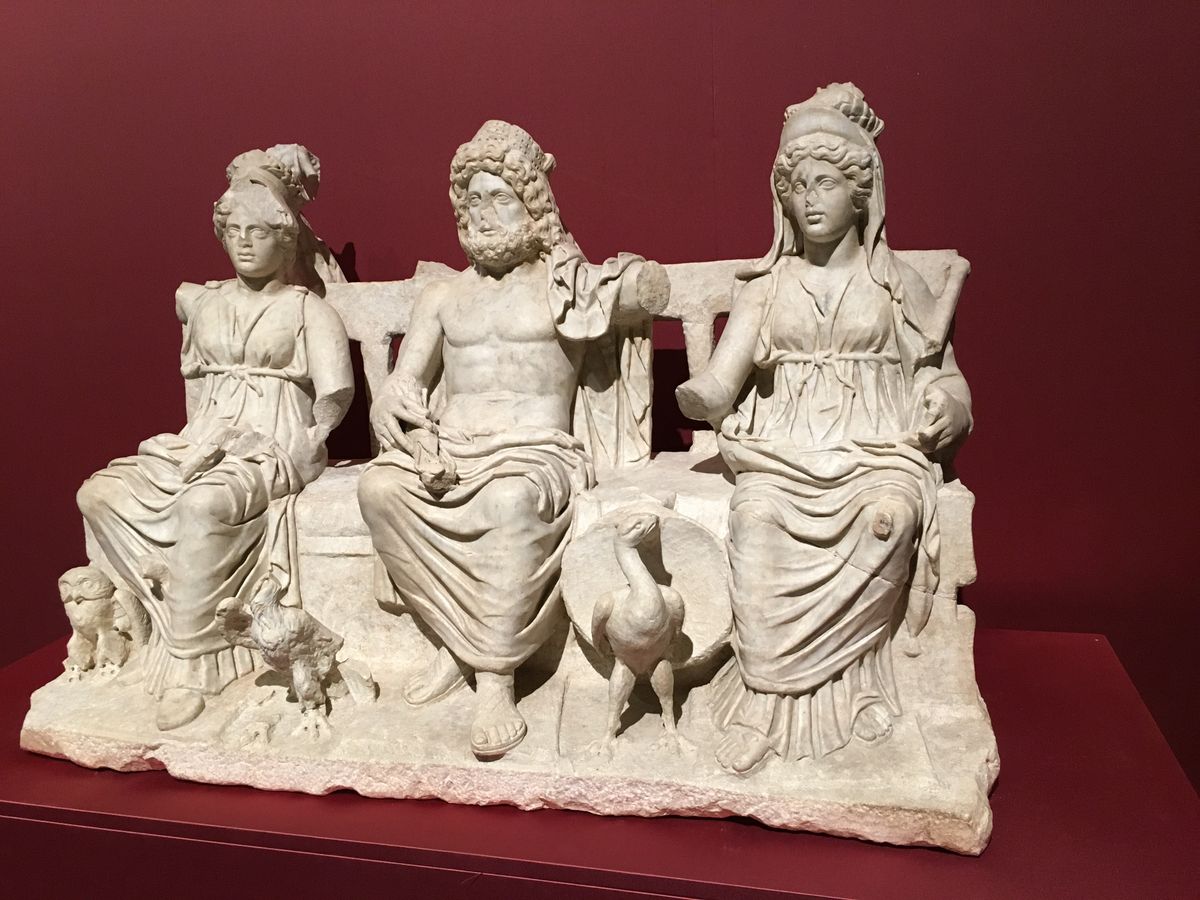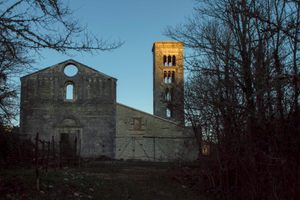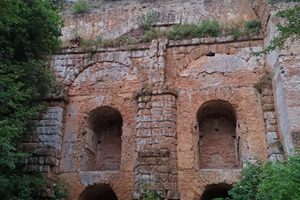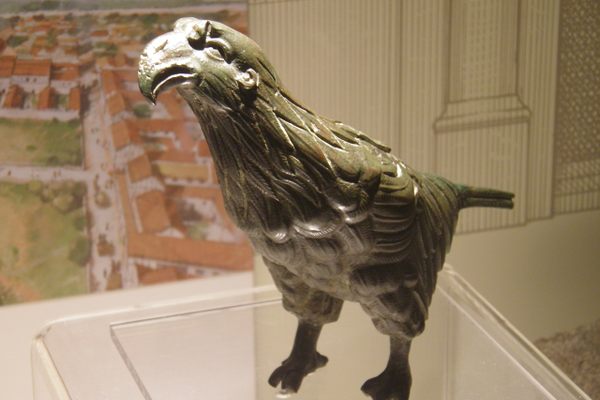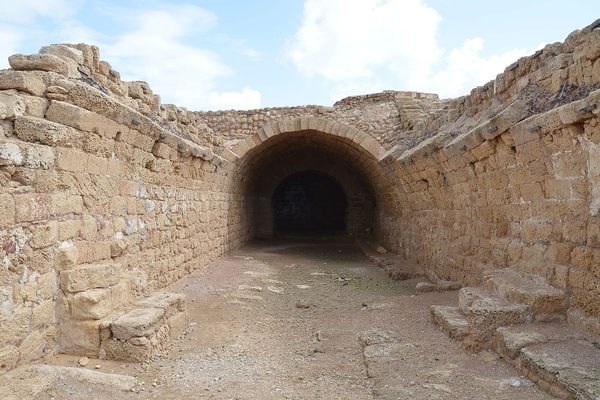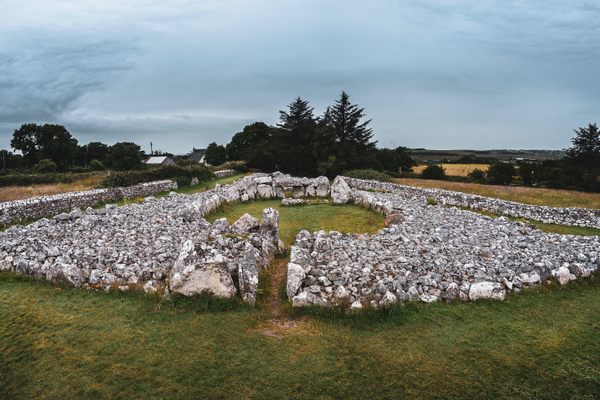About
The Rodolfo Lanciani Archaeological Museum in the small town of Guidonia Montecelio, just outside Rome, is the little-known home of one of the most important and unique examples of the Capitoline Triad, a marble sculpture depicting three of the main deities in the ancient Roman pantheon of gods.
In the center of the sculpture is the king of the gods, Jupiter. His wife Juno, the queen, sits on his left, and his daughter, Minerva, the goddess of wisdom, to his right. The deities are portrayed seated on a ceremonial throne with their sacred animals at their feet: Jupiter's is an eagle, Juno's a peacock, and Minerva's an owl. This incredible sculpture group was discovered mostly intact, despite dating back to the 2nd century AD.
The original Capitoline Triad ("Triade Capitolina") was found at the center of Rome on the Capitoline Hill, where the divine trio was worshipped inside one of the greatest temples of the city, the Temple of Jupiter Capitolinus. The temple was built by Tarquinius Superbus in the last decades of the 6th century BC, in giant blocks of tuff rocks. Today, the majestic remains of this structure can be found in the Capitoline Museum in Rome.
In the central part of the sacred temple stood a statue of Jupiter Optimum Maximum, with Juno to the right and Minerva to the left. Since it was located in the center of Rome, the Capitoline Triad represented Roman greatness and invincibility. When the group of deities was found in the colonial cities, it was a symbol of the power of the Roman conquerors.
The unique example of the Triad found in Guidonia Montecelio was discovered in the ancient Villa of Inviolata in 1992 by grave robbers, and two years later was retrieved by the Italian military police in Switzerland. It is now the main artifact of a very beautiful museum whose collection is full of incredible finds. The museum is named after the 19th-century Italian archaeologist Rodolfo Lanciani, who is considered the father of ancient Roman topography.
Related Tags
Know Before You Go
The Rodolfo Lanciani Archaeological Museum is housed in the former Convento di San Michele in Montecelio. There is a small fee to enter the museum. English guides are available.
Flavors of Italy: Roman Carbonara, Florentine Steak & Venetian Cocktails
Savor local cuisine across Rome, Florence & Venice.
Book NowPublished
August 14, 2019



